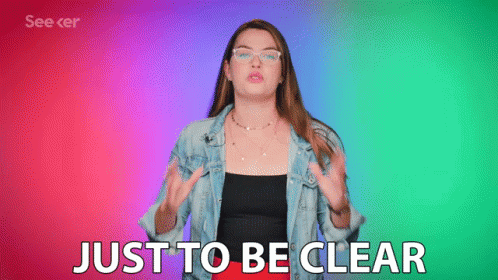This post is for beginners. If you are not a beginner, you can still read it, but you may not find it as helpful.
In the world of web development, there are a few different languages you can use to create your websites: HTML, CSS, and JavaScript. In this blog post, we will be focusing on HTML and CSS.
HTML, or HyperText Markup Language, is the language that is used to create the structure of a website. This includes the headings, paragraphs, and images.
CSS, or Cascading Style Sheets, is the language that is used to style the HTML. This includes the font, color, and size of the text, as well as the layout of the website.
Together, HTML and CSS create a static website. This means that the website will not change unless you edit the code yourself. If you want to create a website that is interactive and changes based on user input, you will need to learn JavaScript.
But don’t worry, we will cover JavaScript in a future blog post! For now, let’s focus on learning HTML and CSS.
1. Use a clear and concise headline.
Your headline is one of the most important elements of your landing page. It is the first thing that people will see, and it needs to be clear and concise. It should also accurately reflect the content of the page.

2. Use high-quality images.
Images are a critical part of any landing page. They help to break up the text and add visual interest. Make sure to use high-quality images that are consistent with your branding.
3. Use typography to your advantage.
Fonts can be used to create a visual hierarchy and to add interest to your page. Choose fonts that are easy to read and that match your branding.
4. Use color to your advantage.
Color can be used to create a visual hierarchy and to add interest to your page. Choose colors that are consistent with your branding and that will appeal to your target audience.
5. Use layout to your advantage.
Layout can be used to help guide the visitor’s eye and to make the page easier to scan. Use layout to highlight the most important elements of your page.
6. Use whitespace.
Whitespace can be used to add visual interest and to make the page easier to read. Make sure to leave plenty of whitespace between elements to make them stand out.
7. Use buttons .
Buttons can be used to create a visual hierarchy and to make the page easier to navigate. Make sure to use buttons that are consistent with your branding and that are easy to click.
8. Use social media icons to your advantage.
Social media icons can be used to encourage visitors to share your content. Make sure to use icons that are consistent with your branding and that are easy to click.
9. Use a CTA.
A CTA is a critical part of any landing page. It encourages visitors to take action and it can be used to drive conversions. Make sure your CTA is clear and concise and that it stands out from the rest of the page.
10. Use testimonials.
Testimonials can be used to build trust with potential customers. Make sure to use testimonials from satisfied customers and to list their credentials.
11. Use a lead capture form.
A lead capture form is a critical part of any landing page. It allows you to collect contact information from potential customers. Make sure your form is easy to fill out and that it asks for only the information you need.
Conclusion
CSS and HTML are both essential for creating beautiful and effective websites. However, they are also quite different. CSS is used to style the look and feel of a website, while HTML is used to define the structure and content. By understanding the basics of both CSS and HTML, you can create stunning websites that are both pleasing to the eye and easy to use.
If you are a beginner and would like to learn more about CSS and HTML, I'd recommend you take more hands on example projects also you can check out this repo here which has good resources for learning CSS
If you would like to follow my GitHub repository, you can do so by clicking this link: follow me







Top comments (0)